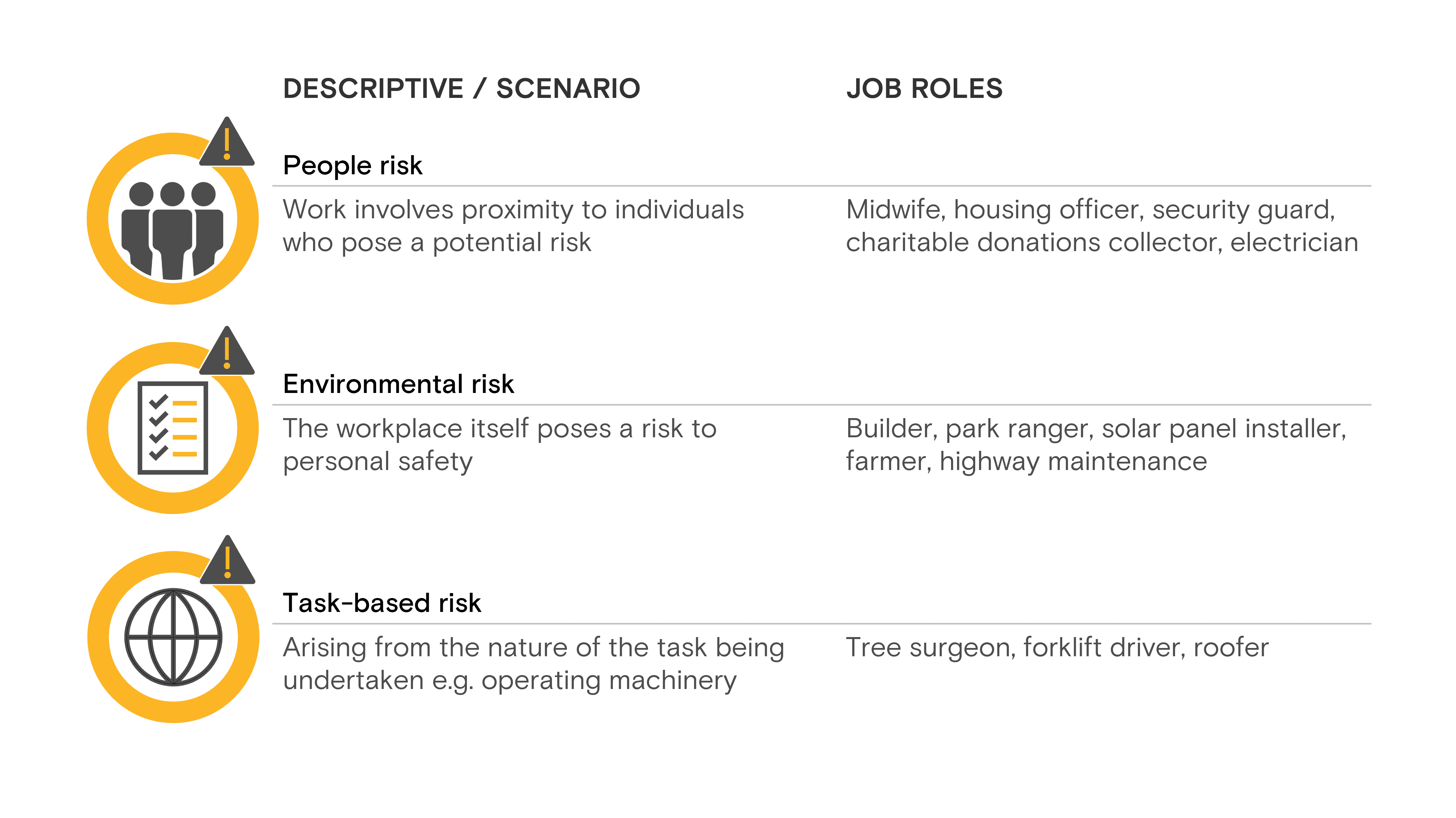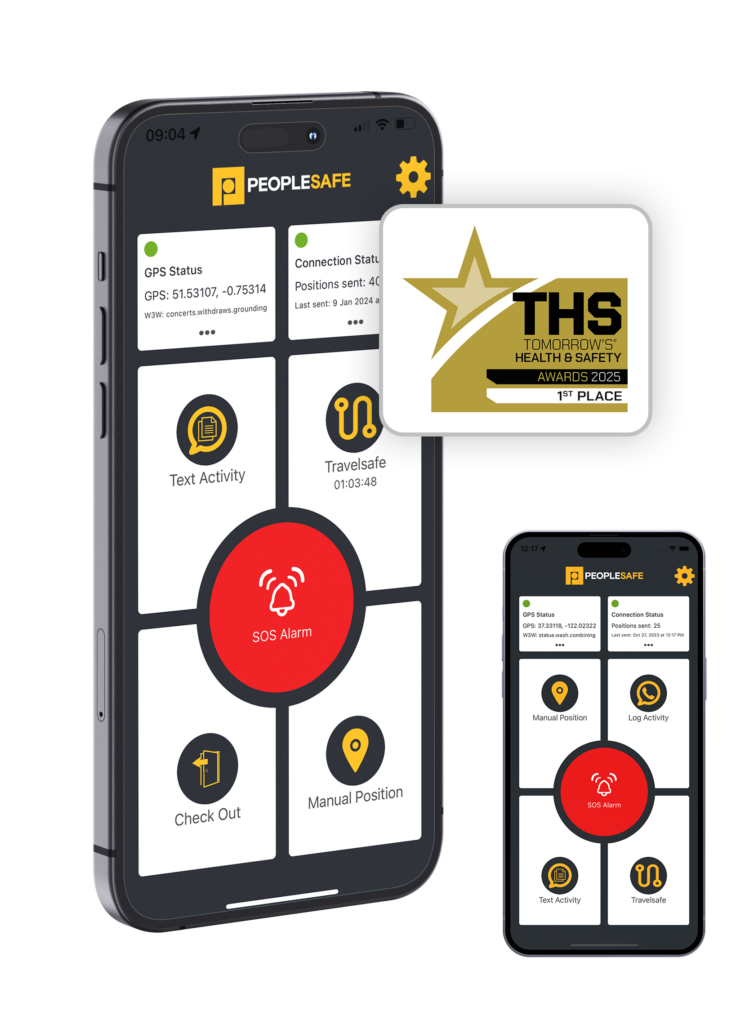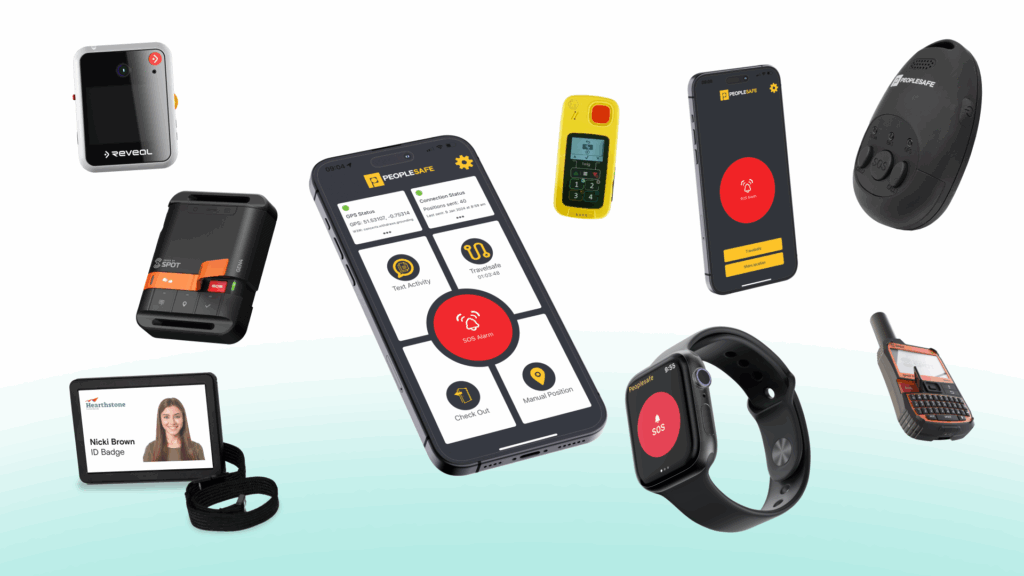What is Lone Working: Everything An Employer Needs To Know
Our comprehensive guide explains what lone working is, how to identify lone workers in your organisation and provides advice for anyone who employs lone workers on how to keep them healthy and safe. It has been split into the following sections:
(Click on the above links to quickly access the relevant section.)
What is Lone Working?
Lone working is defined by the Health & Safety Executive (HSE) as work carried out by people who work by themselves without close or direct supervision. This doesn’t necessarily mean that the worker is physically alone; it means they are in a separate location from the rest of their team or manager. For example, a retail worker putting stock away by themselves is classed as a lone retail worker the same as a meter reader entering someone’s home is a lone worker.
If an employee cannot be seen or heard by a colleague, they are a lone worker – whether that be for all or part of their working day. This also includes staff who work from home.
It is estimated that up to 8 million people in the United Kingdom are lone workers. That’s 22% of the 31.2m UK working population. NHS lone workers account for approximately 9% of its workforce. That’s some 100,00 people!

Who are Lone Workers?
Lone worker is a term that’s as equally applicable to desk workers empowered by technology to work from any location as it is to engineers or manual workers ‘out in the field’. They exist in all sectors, including those who:
- work by themselves away from a fixed base
- work on the same premises but out of sight and sound of a colleague
- work outside normal working hours
- work alone but alongside members of the public or in populated locations
- work from home
- travel alone during work hours
- are left alone for periods of time
For further guidance in identifying your lone workers, download our checklist.
Lone Worker Examples
This non-exhaustive list demonstrates the diversity of roles which could come under the umbrella of lone working:
- Delivery driver
- Engineer
- Estate agent
- Cleaner
- Security guard
- Parking enforcement officer
- Community nurse
- Salesperson
- Hotel receptionist
- Petrol station operative
- Housing officer
- Lab scientist
Is Lone Working Legal?
Yes, it is not against the law to work alone, and for many employees it is safe to do so. The HSE states that: “It will often be safe to work alone. However, the law requires you to think about and deal with any health and safety risks before people are allowed to do so”.
Employers have a Duty of Care to ensure their workers are ‘reasonably safe’ and put measures in place to satisfy this. This also extends to contractors and self-employed people doing work for your business. Although there is no specific law related to lone working, general health and safety legislation must be complied with:
- Health and Safety at Work Act 1974
- Management of Health and Safety at Work Regulations 1999
- Corporate Manslaughter and Corporate Homicide Act 2007
- Health & Safety Offences Act 2008
Lone Working Rights and Responsibilities
The Health and Safety at Work Act 1974 sets out the general health and safety duties of employers and employees ‘so far as is reasonably practicable’ – meaning putting in place policies and procedures that mitigate risks that can be foreseen in advance.
Employer Responsibilities
Employers are legally responsible for ensuring employees are reasonably safe, meaning they must control the risks of injury or ill-health. This responsibility cannot be transferred or delegated to the employee themselves.
It is also the responsibility of the employers to check that employees do not have any conditions that make lone working an unsuitable risk. Under health and safety legislation, employers of lone workers must do five things:
- Complete a full risk assessment
- Make sure the job can be done safely by one person
- Train lone workers, supervise and monitor them
- Keep in touch
- Respond to incidents
Employee Responsibilities
Employees have a responsibility to cooperate with employers to ensure their own safety and not take any unnecessary risks. This includes following procedures and reporting potential health and safety risks to the organisation.
What are the Risks for Lone Workers?
Lone workers face the same hazards at work as anyone else, but there is a greater risk of these hazards causing harm as they may not have anyone to help or support them if things go wrong.
Lone working is considered a higher-risk activity for a variety of reasons. Lone workers may be more susceptible to attack because they are seen as easy targets. If they suffer an accident or other emergency situation, there is no one with them to help or call for assistance. An employee working alone is also more likely to make poor health and safety decisions and take more risks without a colleague around to share and discuss the decision making.
Typically, lone worker risks fall into one of three categories: people risk, environment risk or task-based risk. Using this PET risk methodology, it’s easier to understand the risk profile of your lone workers.

The most common hazards faced by lone workers vary according to industry and job role. They include:
- Physical abuse
- Verbal abuse
- Slips, trips and falls
- Working at height
- Operating machinery and equipment
- Manual handling
- Driving for work
- Working around vehicles
- Working with harmful substances
The HSE’s annual workplace fatalities statistics for 2023/24 revealed a total of 138 people died at work. The major causes of these deaths resulted from falls from height (50), being struck by a moving vehicle (25) and being struck by a moving object (20).
For a summary of the risks faced by lone workers, download our infographic.
How Can I Keep My Lone Workers Safe?
There are a number of things you should do to help better protect your lone workers.
Carry Out a Lone Worker Risk Assessment
Under the Management of Health and Safety at Work Regulations 1999, general risk assessments must be completed by all employers; additionally, those with five or more employees must record significant findings. Although it’s not necessary to conduct a separate risk assessment for lone workers, they should be considered in an employer’s general risk assessment.
Create a Lone Working Policy
This is a practical guide that your employees can apply to their roles. An effective lone worker policy can help to promote a strong safety culture among employees and reduce the risk of legal issues. The key to a strong policy is to consider the potential risks that lone working employees face and offer best practice guidance.
Your lone working policy should include:
- risks (by job role or lone worker type)
- key definitions
- background information and purpose statement
- your organisational commitment
- clearly-defined responsibilities
- guidance on reporting incidents
- any relevant support and contact details.
We’ve created a step-by-step document to help you create/update your own lone working policy. Just remember that this isn’t a simple “cut and paste” exercise. Your policy should be unique to your organisation.
Provide Lone Worker Training
Additional training may be required for lone working staff in order to deal with the specific risks of working alone. Without colleagues around, it is often more difficult for lone workers to get help in the event of an emergency. Therefore, they need to be trained to cope with uncertain and unexpected situations such as injury or violence.
Training is a vital step in ensuring the safety of all staff, but for lone working employees, training is particularly important. Working independently means there are no colleagues around to point out a health and safety risk that could lead to an accident or provide a helping hand in the event of an emergency. Therefore, lone workers need to have the ability to identify and handle risks by themselves.
Implement a Lone Worker Service
Lone worker solutions, like the one provided by Peoplesafe, are accredited solutions that are specifically designed to monitor the safety of employees working alone and act quickly in an emergency.
Investing in a lone worker service can have a number of benefits. Not only will you be meeting your duty of care, but staff will feel safer at work and more valued as an employee, helping to reduce staff turnover and all the associated costs with recruitment.
In addition, when looking at the bigger picture, the cost of an employee suffering an injury or dangerous incident at work will result in much more crippling costs than protecting them in the first place.
When is Lone Working Not Ok?
Certain high-risk situations are not appropriate for lone workers to complete. For example, the transportation of explosives is never assigned to just one person because it is too dangerous. If an employee feels unsafe completing a task by themselves, they cannot be punished for not doing their job.
Supervising Lone Workers
HSE guidance states that employers should ensure that they maintain regular contact with lone working employees and have a way to call for help in an uncomfortable or emergency situation.
The amount of supervision required will be determined by the level of risk and the ability of the lone worker to identify and handle health and safety issues. Some ways you could supervise employees are:
- Periodic site visits
- Check-in texts
- Scheduled phone calls
- Regular team meetings (e.g. daily or weekly)
Lone working solutions, either in the form of lone working safety devices or a lone worker app can ensure that these requirements are met by providing lone workers with a means to contact their employer, check in safely and raise the alarm in an emergency.
To learn more about lone working and how we can help to keep your people safe, get in touch.
HSE Fines
Where a workplace incident occurs as the result of a breach of health and safety regulations, employers can face criminal proceedings and be fined up to £10 million by the HSE. With conviction rates as high as 93% employers should do all they can to comply with legislation and protect their staff. Calculate how much you could save on HSE fines by implementing an employee safety service:








